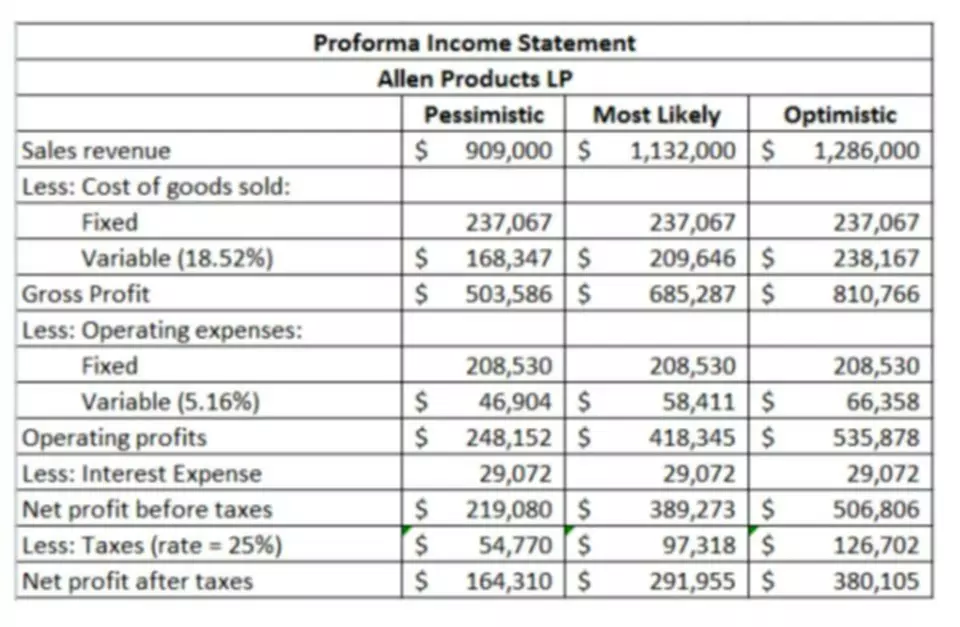Content
- Data analytics
- manufacturing account
- What is manufacturing account?
- Differences Between Trading Account And Manufacturing Account in Tabular Form
- Cost of Goods Sold Valuation
- What Type Of Accounting Is Used In Manufacturing?
- The Tools Used in Managerial Accounting for Manufacturing Businesses
- Manufacturing Accounting Requires Specialized Expertise

The articles and research support materials available on this site are educational and are not intended to be investment or tax advice. All such information is provided solely for convenience purposes only and all users thereof should be guided accordingly. The cost of goods sold Manufacturing account tracks information on all inventory items sold by the firm. The cost for produced products remains here until the company sells the goods to distributors or consumers. This includes any items used in the production process but is not yet part of the finished product.
Is manufacturing accounting hard?
Because of the complex manufacturing timelines described above, the accounting* process for a manufacturing business can be far more complicated than for other types of enterprises. You need to take into account not just one inventory, but perhaps many inventories, for both parts or materials and finished products.
Work-in-process (WIP) or work-in-progress inventory refers to products that have made it through part of the manufacturing process but remain unfinished. Though they’re not ready for sale, these goods are still an asset on your balance sheet. Deciphering jargon can be a frustrating challenge when you’re learning to navigate the manufacturing accounting complexities of manufacturing accounting. Here are brief explanations of some fundamental terms you’ll need to know to succeed. This approach is primarily beneficial for manufacturers who produce a relatively low number of unique products. For example, a manufacturer of made-to-order furniture would likely employ job costing.
Data analytics
In the trading section the cost price of the goods sold is compared
with the selling price of those goods. Grace leads the Go-To-Market strategy for financial management at Advanced. Grace focuses on creating value propositions which address the needs of our customers, understanding our key personas, building sales enablement collateral and launching products to market successfully. You should ensure that your finance team are given regular time to read about industry updates in the world of accounting.

This account can track production costs, materials used, and inventory levels. Manufacturing accounts can also help businesses manage their cash flow and budget for future production. A precise sales number is also required to calculate the profit-loss margin. Manufacturing account data is critical for the organization to make educated decisions about how to reduce unnecessary costs. As a result, operating costs might be higher; learning to reduce them is an art. Furthermore, the trading account may include a variety of additional expenditure statistics that may have an impact on the company’s standing.
manufacturing account
Standard costing is one of the most common production costing methods among manufacturers. It involves calculating a standard rate for groups of costs that go into each unit, including direct materials, direct labor, and manufacturing overhead. Manufacturing accounts can help businesses track their production https://www.bookstime.com/ costs, materials used, and inventory levels. Manufacturing accounts can also help businesses budget for future production costs. As we have seen, manufacturing accounting includes insight into processes absolutely fundamental for ensuring the financial health of your manufacturing business.

Manufacturing overheads might include the costs for powering a factory’s equipment and personnel not directly involved in producing the product. Very often, this is listed in a bill of materials, which itemizes quantities and costs the materials used in your product. In process manufacturing, such as food and beverage or chemicals, the bill of materials is known as a production recipe.
What is manufacturing account?
You should also determine the returns the investment will bring in the long-term. There are good and bad times to make an investment, which should be apparent if you’re accounting accurately. Your accounting methods should allow you to record financial data with ease, in a way that is structured and easy to monitor. If you’re late with paying a bill, it could damage your reputation (and see you face legal action). If you’re unaware of the money you are owed, this will impact your income too.
- I) Prepare a manufacturing account and show the accounting treatment of raw material inventory.
- If you are yet to implement a manufacturing ERP system, consider picking one with built-in financial reporting capabilities.
- Mattias is a content specialist with years of experience writing editorials, opinion pieces, and essays on a variety of topics.
- If you don’t fulfil your tax obligations, you could possibly be hit with penalties.
Manufacturing companies often use data from the manufacturing accounting process to compile compliant financial reports. Capable inventory management and MRP software systems also automatically compile manufacturing accounting data into readily usable reports. By understanding the financial aspects of their production process, businesses can make more informed decisions about how best to use their resources while remaining profitable. Additionally, by keeping track of inventory levels and sales revenue from completed products, businesses can meet customer demand in the most cost-effective way possible.
Differences Between Trading Account And Manufacturing Account in Tabular Form
As part of the manufacturing process, your business is likely to have items in production that have not yet been completed. Direct labor is the value given to the labor that produces your goods, such as machine or assembly line operators. Generally, this includes the cost of the regular hours, overtime, and relevant payroll taxes. Financial accounting is concerned with recording and reporting a company’s financial transactions and preparing financial statements. Managerial accounting is focused on providing financial information to managers to help them make informed decisions about the company’s operations.
If that’s feasible for your business, the Internal Revenue Service (IRS) requires you to use this method. The cost accountant will likely act as an advisor to the production manager in formulating the production budget. Finance Strategists is a leading financial literacy non-profit organization priding itself on providing accurate and reliable financial information to millions of readers each year. This information can help companies budget for future production runs and make informed financial decisions. This insight is invaluable for businesses looking to maximize their profit margins while still providing a high-quality product or service for their customers. Industry-specific accounting systems now allow accountants to manage accounts more efficiently than ever before while reducing errors caused by manual calculations or data entry mistakes.
Cost of Goods Sold Valuation
Often, manufacturers invest in an all-in-one solution, which handles other tasks away from finances, such as planning and production. Ideally, data should move freely between production lines and the back office, meaning you have accurate real-time data. A Manufacturing account is an internal financial statement that businesses use to track their production costs, materials used, and inventory levels. Manufacturing accounts are prepared by manufacturing companies to show the cost of goods produced. The activities of such organizations go beyond buying and selling into the production of certain goods. The manufacturing account is prepared before the trading and profit and loss account.
- Manufacturing accounting is a complex process that requires specialized knowledge and skills.
- C) At 30 June 2003 an electricity bill of £800 remained unpaid and maintenance costs paid
in advance amounted to £760. - Process costing is beneficial for saving time as calculating costs need not to be completed for each individual unit.
- The difference between the planned and actual labor costs, based on the work order routing.
- Office rents, office electricity,
depreciation of office machinery, secretarial salaries. - This includes any items used in the production process but is not yet part of the finished product.
Ii) Using manufacturing account, determine the total cost of completely produced units of good Zed (Z). So, you can see that the closing inventory of WIP is treated as a current asset for it is a resource owned by the organization even if it is incomplete. Therefore, as long as these WIP compose raw materials which were acquired using financial resources of the organization, then it has a monetary implication hence classified as current asset.
